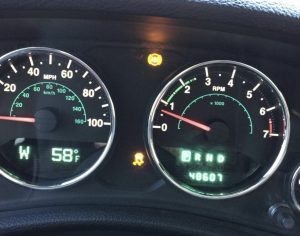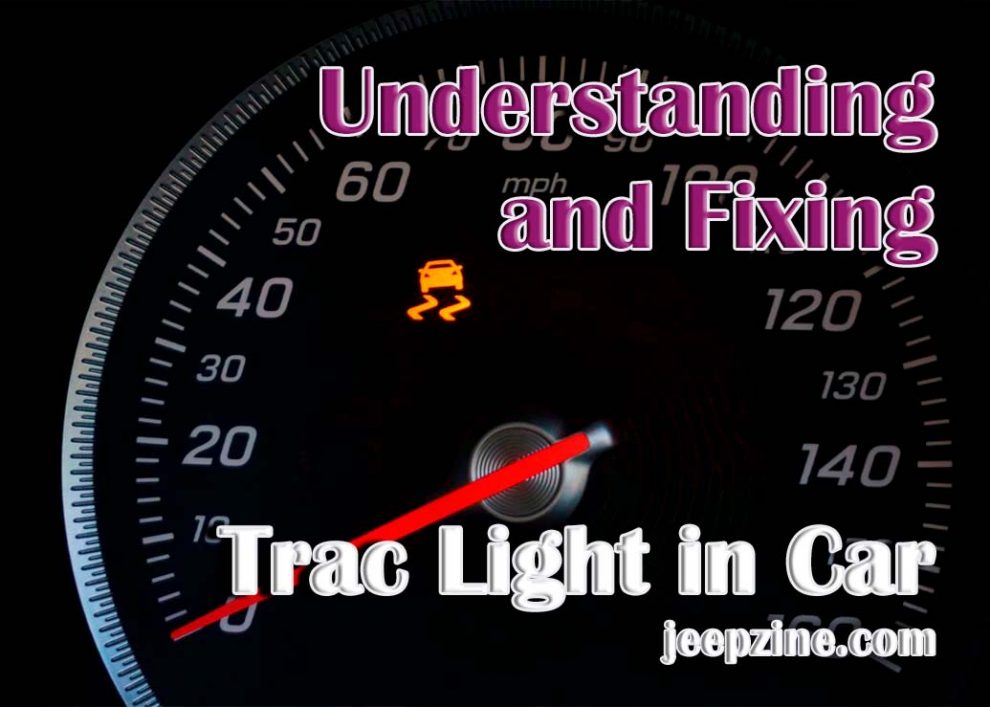When driving, it’s common to see a light illuminate your dashboard. One is the trac light, which is linked to your vehicle’s traction control system. While this light turning on can be alarming, understanding its function can help you troubleshoot potential issues and keep your car running smoothly.
Understanding the Trac Light in Car
Understanding the trac light is essential for drivers to comprehend their vehicle’s safety features and traction control system. The trac light, short for traction control light, is a dashboard indicator that illuminates when the vehicle’s traction control system is actively engaged or experiencing a malfunction. Traction control is designed to prevent wheel slip and improve stability during acceleration on slippery or uneven road surfaces.
When the trac light turns on, the system maintains traction by reducing engine power and applying brake pressure to the wheels with insufficient grip. On the other hand, if the trac light remains on constantly or flashes, it could signify a problem with the traction control system that requires attention from a qualified mechanic. Understanding the trac light and its various states can help drivers make informed driving decisions, ensuring optimal safety and control in challenging road conditions.
Common Causes for a Trac Light to Appear

-
Wheel Speed Sensors: These sensors monitor the rotational speed of each wheel. If one or more sensors fail, it can trigger the trac light, as the system cannot effectively manage traction control.
-
ABS Control Module: The ABS (Anti-lock Braking System) and traction control systems are closely linked in their functions. If there’s a problem with the ABS module, it could cause the trac light to illuminate.
-
Faulty Steering Angle Sensor: This sensor monitors the direction you steer your vehicle. A faulty sensor may not provide accurate data, leading to an illuminated trac light.
-
Damaged Wiring: Broken or deteriorated wiring can interrupt communication between various parts of your car’s systems, triggering warning lights like the trac light.
-
Worn Out Tires: Uneven or degraded tires can impact how effectively your car grips the road, which could potentially engage your vehicle’s traction control system and illuminate the trac light.
How to Fix a Trac Light Issue
Fixing a trac light issue involves systematically diagnosing and resolving the underlying problem. First, it’s essential to understand that various factors, including malfunctioning the traction control system or related components, can trigger the Trac Light. If the trac light is constantly illuminated or flashing, it is recommended to check the vehicle’s owner’s manual for specific instructions on addressing the issue. Sometimes, the problem may be as simple as a loose or damaged sensor, which can be fixed by securing or replacing the faulty part.
However, more complex issues may require professional diagnosis and repair by a qualified mechanic or dealership. Paying attention to a persistent trac light is crucial, as the traction control system plays a significant role in maintaining stability and safety during driving. Addressing the trac light issue promptly ensures the vehicle’s safety features function optimally and provides a smooth driving experience on various road surfaces.
Conclusion
The trac light is an important dashboard indicator linked to your vehicle’s traction control system. This light can indicate when the traction control system is actively working or experiencing a malfunction. Common causes of trac light appearance include faulty wheel speed sensors, a damaged ABS control module, a defective steering angle sensor, damaged wiring, and worn-out tires. Diagnosing and resolving the trac light issue requires careful inspection of all related components of your car’s traction control system. If necessary, seek professional help from a qualified mechanic or dealership to restore your vehicle’s performance and safety features as soon as possible.


Add Comment